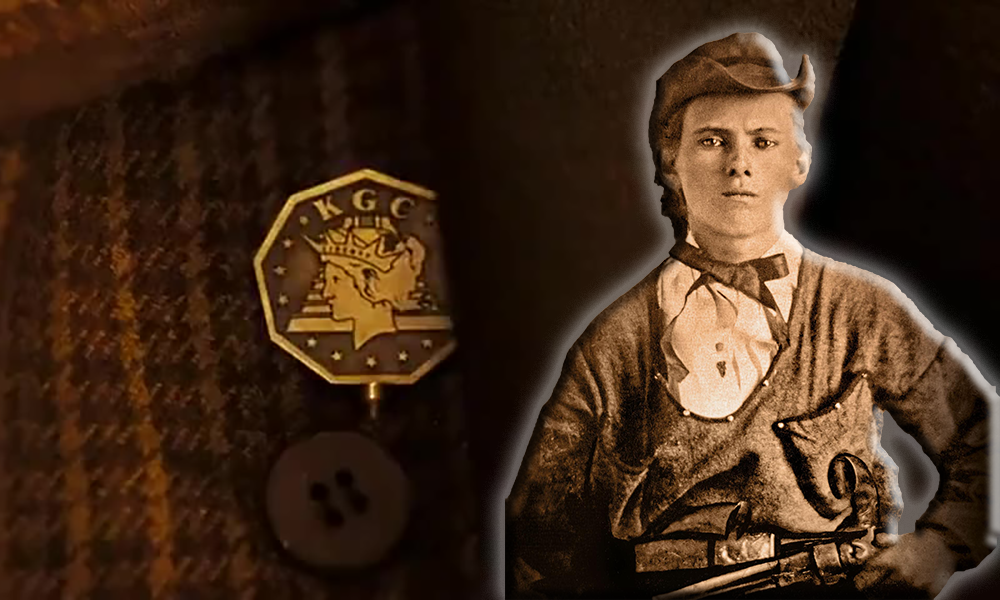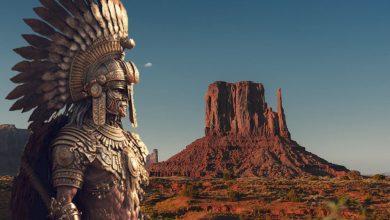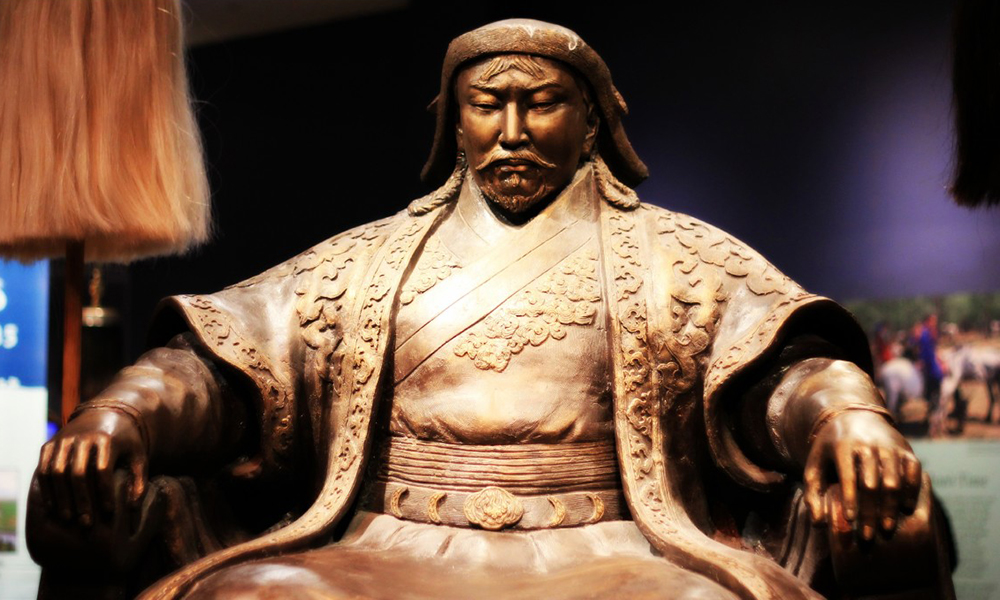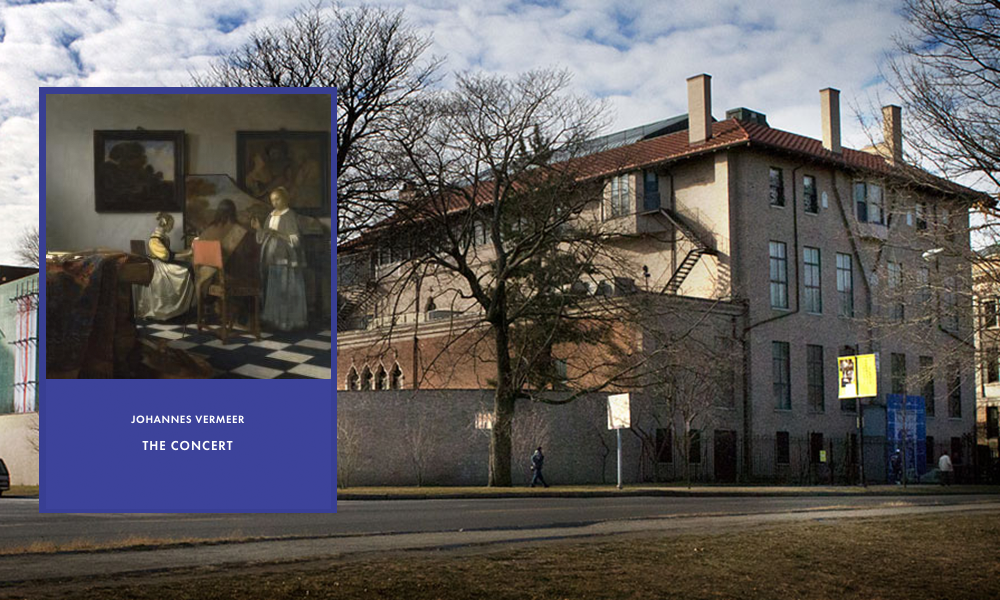KGC Treasure-Knights Of The Golden Circle

When the term “Knights of the Golden Circle” arises, many immediately recall John Wilkes-Booth and the assassination of Abraham Lincoln. Our historical lessons have portrayed the KGC as a rebellious group responsible for treasonous acts against the United States. Similarly, mainstream education depicted the Civil War as primarily concerning slavery, while portraying Jesse James as a typical bank robber. Thankfully, modern technology enables independent investigation, revealing that much of what we were taught about the KGC, the Civil War, and Jesse James was indeed misleading. Understanding this misinformation is crucial in the quest for KGC treasure, as a significant portion of its history has been wiped from records.
During the peak of the Civil War, the KGC comprised high-ranking officials with the ambitious goal of establishing a separate nation encompassing the southern states, Mexico, and Cuba, forming a circular region, hence their name. To finance this vision, they enlisted the aid of a young Jesse James, driven by his deep aversion to Northern practices. Empowered by the KGC, James embarked on a spree of robbing Union banks and stagecoaches, aiming to weaken the North and bolster their financial resources. Rather than spending the acquired gold, the KGC stockpiled it for future use, laying the foundation for the phrase “the south will rise again.”
However, the growing influence of the Northern states, backed by foreign banks, led to their overpowering, and the KGC foresaw the imminent end of the war. Just before General Lee’s surrender, they swiftly relocated their gold reserve from Richmond to Nashville, dispersing it across various locations throughout the United States to evade Union seizure.
Even after the war’s conclusion, Jesse James, along with numerous KGC members, persisted in looting Northern-owned banks and transportation, preparing for a prospective second war. They ingeniously concealed their riches in scattered caches to minimize losses if ever discovered. This strategy led to the use of various ciphers, map overlays, and symbols by the KGC. Notably, the “JJ” carving, symbolizing Jesse James, has become synonymous with the KGC caches. Additionally, they reshaped trees, incorporated the heart symbol in diverse forms, and favored the holly tree to leave behind clues.
If you locate an undisturbed rural area through which the KGC once traversed, adorned with these symbols, you might uncover the intricate methods employed by the KGC to conceal their caches and potentially unearth a considerable fortune. Over the past six years, there have been five documented cases of KGC caches being discovered, ranging from $50,000 to $600,000 in value. The next remarkable find could be yours.
Join us as we delve deeper into the role of Jesse James and the circumstances surrounding instances where KGC treasure was unearthed.






KGC treasure are hidden and use symbolism on trees and rocks that let the person know where to look.